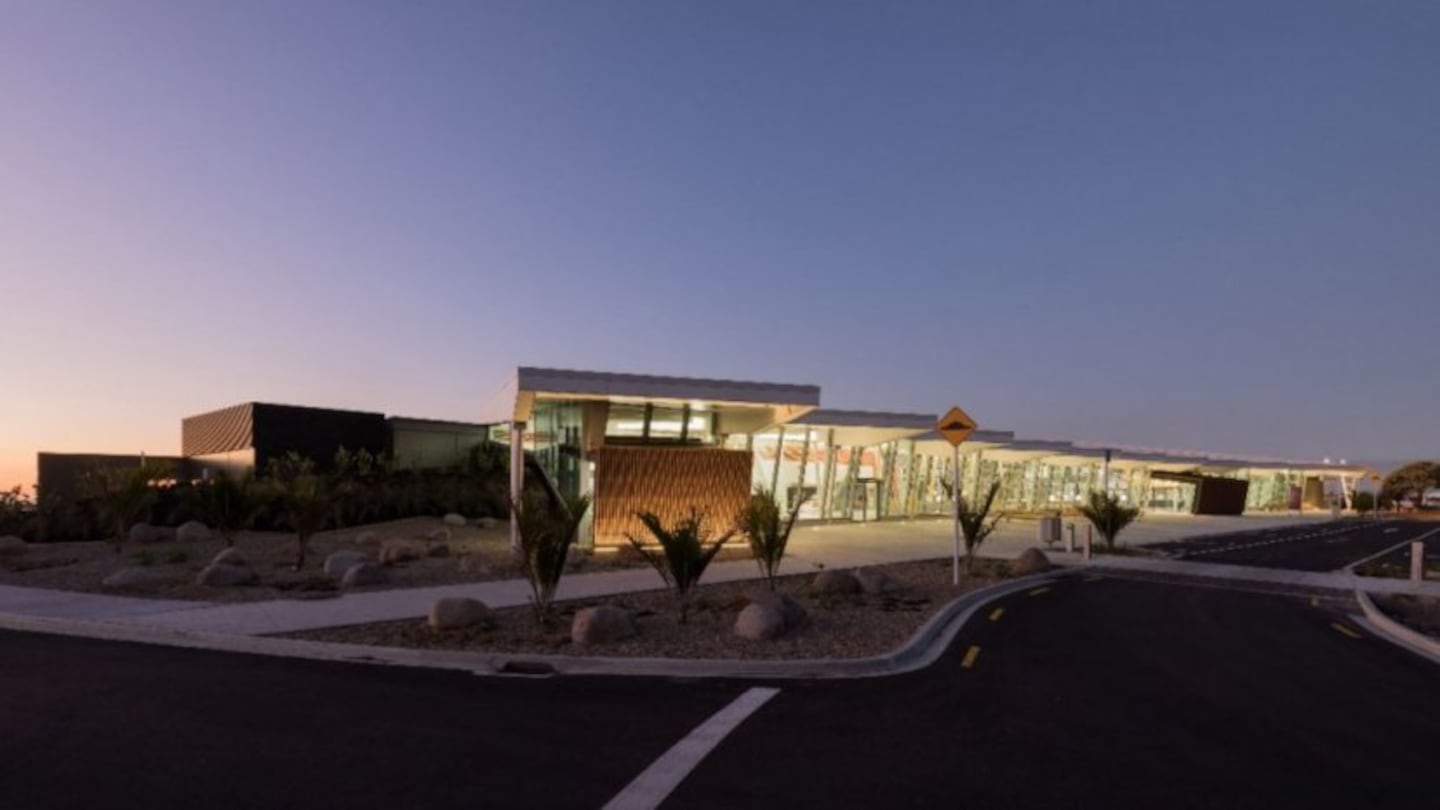Photo / Mark Scowen
New Plymouth Airport’s new terminal on Taranaki hapū Puketapu's ancestral land has won a major international airport award – up against projects including an $8 billion upgrade at New York’s La Guardia airport.
The terminal, Te Hono, picked up the special prize for an airport exterior at the Prix Versailles Airports 2021 announced at the UNESCO Headquarters in Paris earlier this week, the New Plymouth District Council said in a statement.
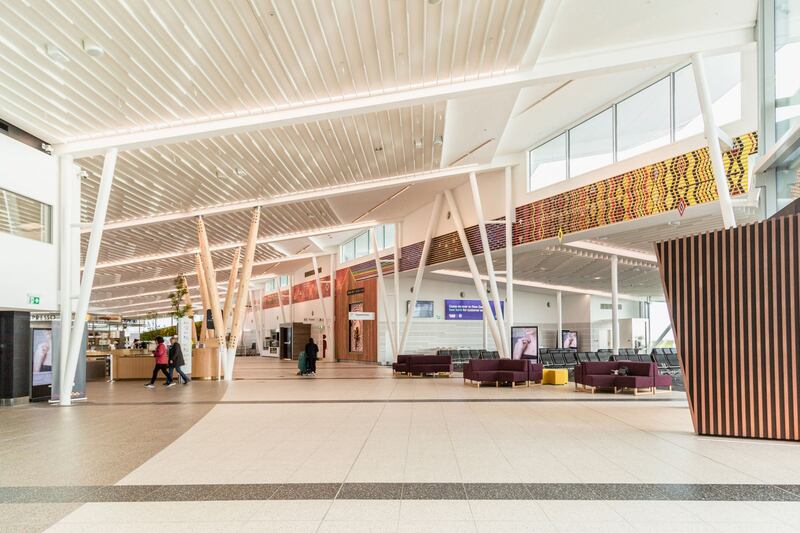
Photo / Best Design Awards
The hapū collaborated with design consultants Beca and builders Clelands to ensure their legacy was reflected in the build.
Te Hono’s design reflects the Puketapu origin story of Tamarau at the northern end, Rongoueroa at the southern end, with a panel in the centre with a figurine depicting their child Awa-Nui-A-Rangi.
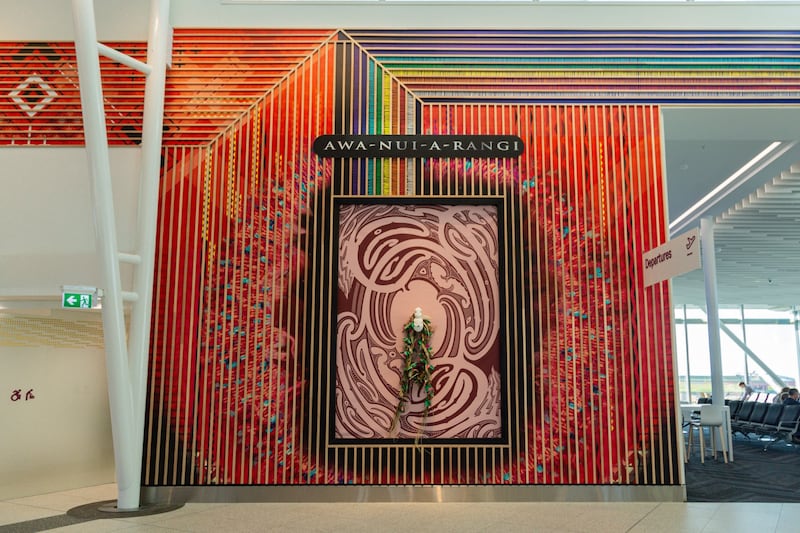
Photo / Best Design Awards
Hapū member and cultural design lead Rangi Kipa said being named a Prix Versailles finalist was quite different to other awards the airport had received because it took it beyond a parochial view associated with New Zealand awards.
Te Hono was up against heavyweight competition in the Prix Versailles, including LaGuardia Airport, Berlin’s Brandenburg Airport, Athens International Airport, Kazakhstan’s Hazrat Sultan International Airport and the Philippines’ Clark International Airport.
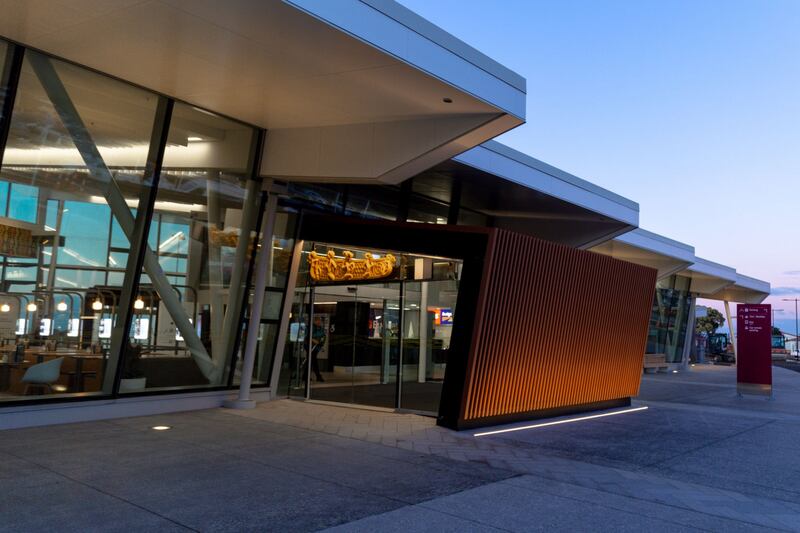
Photo / Supplied
Last year, Te Hono won gold at the prestigious Designers Institute of New Zealand Best Design Awards, which are the biggest of their kind in Australasia, and was a finalist at the NZ Building Industry Awards.
The terminal opened in March last year and is designed to cater for 650,000 people a year.
Cultural narrative of Te Hono
The terminal building was designed in partnership with Puketapu hapū with a distinctive cultural narrative, which is central to its appeal and designed to support the airport’s potential growth.
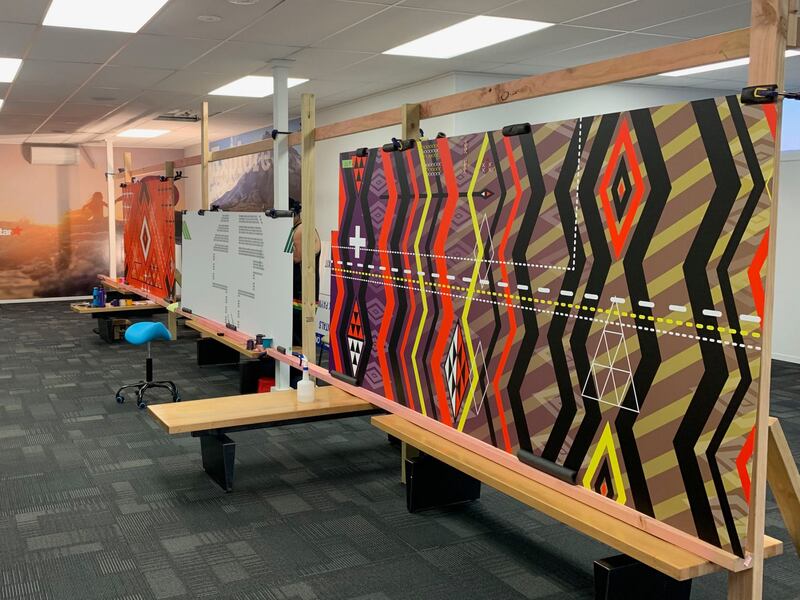
Photo / Best Design Awards
It is based on the Te Ātiawa legend of a whatu kura, or celestial being, called Tamarau-te-heketanga-a-rangi who came down from the heavens when he saw a woman called Rongoueroa bathing in the Waiongana River. They had a child called Awanuiarangi, whose descendants were known as Ko Te Ātiawa no Tunga i Te Rangi (Te Ātiawa descended from the very heavens above).
This theme of the sky meeting the earth is reflected in the stepped roof that sweeps down from the north side to a turf-mounded southern end.
The terminal is also aligned to the traditional Puketapu hapū track from Mount Taranaki to the fishing grounds at the mouth of the Waiongana stream, with the main pedestrian concourse continuing the walking track through the heart of the building.

